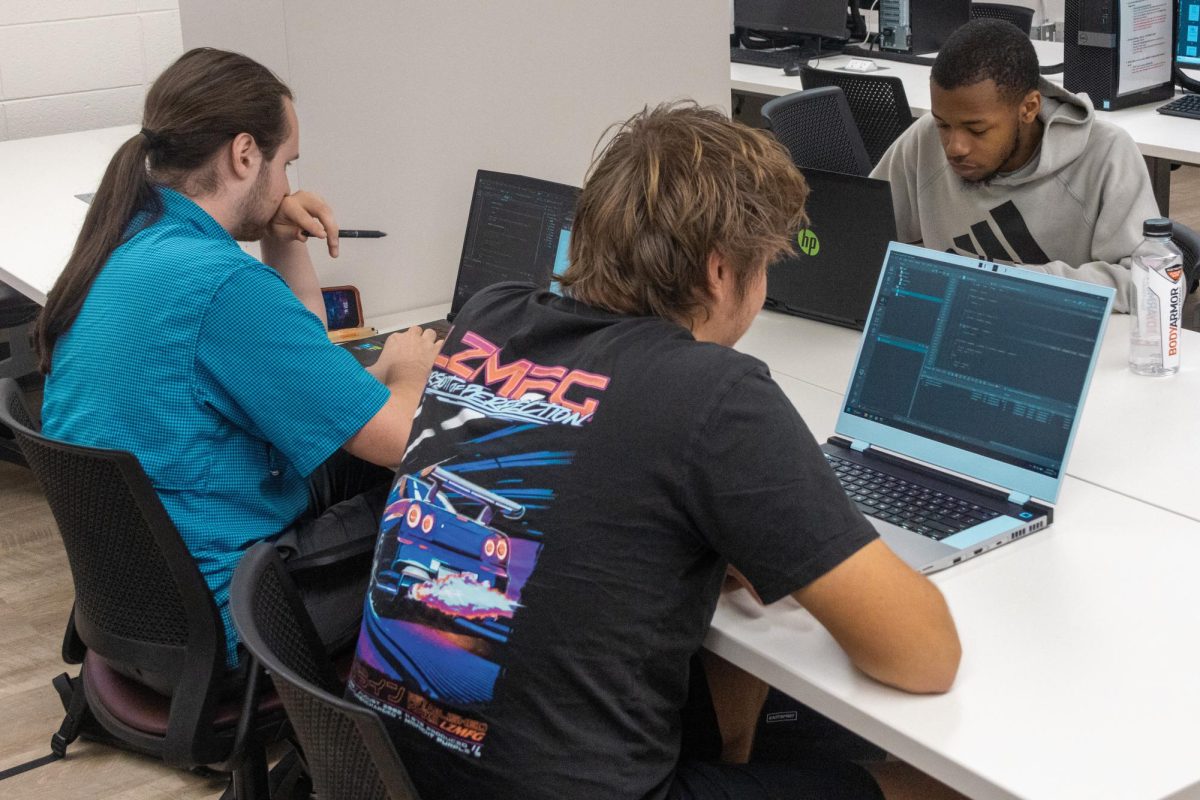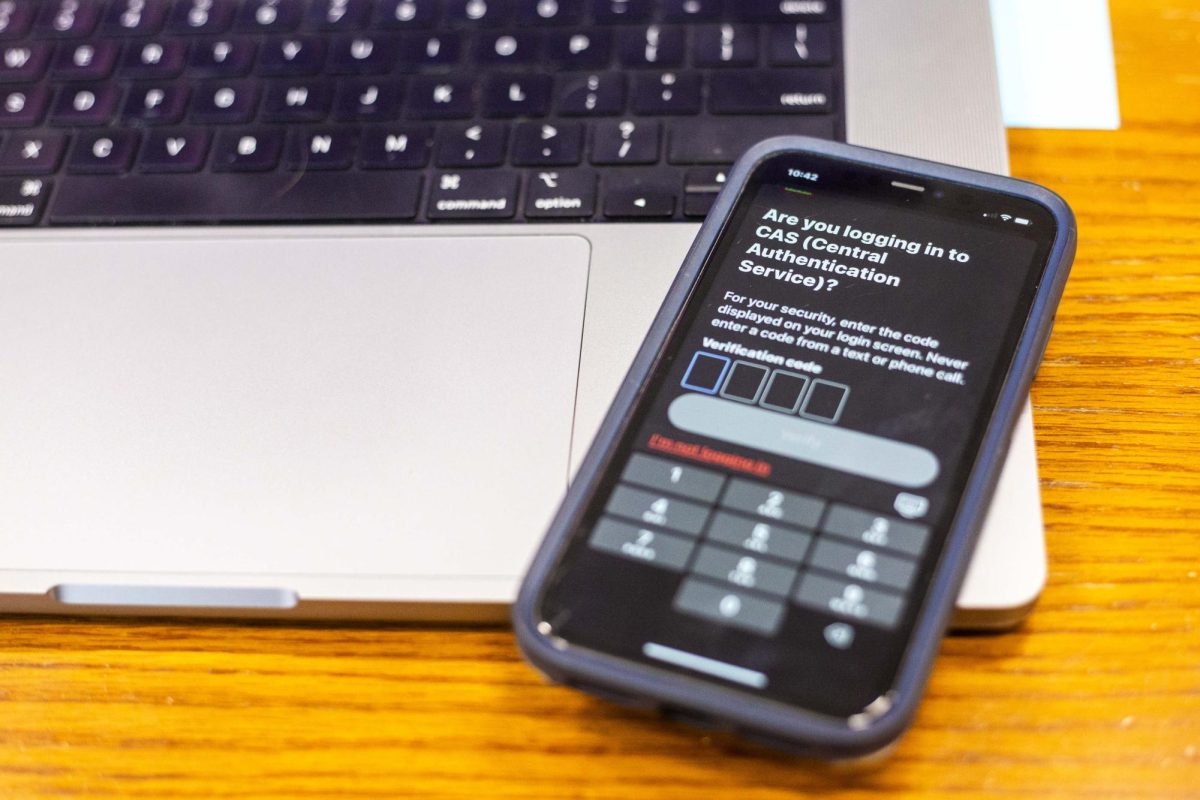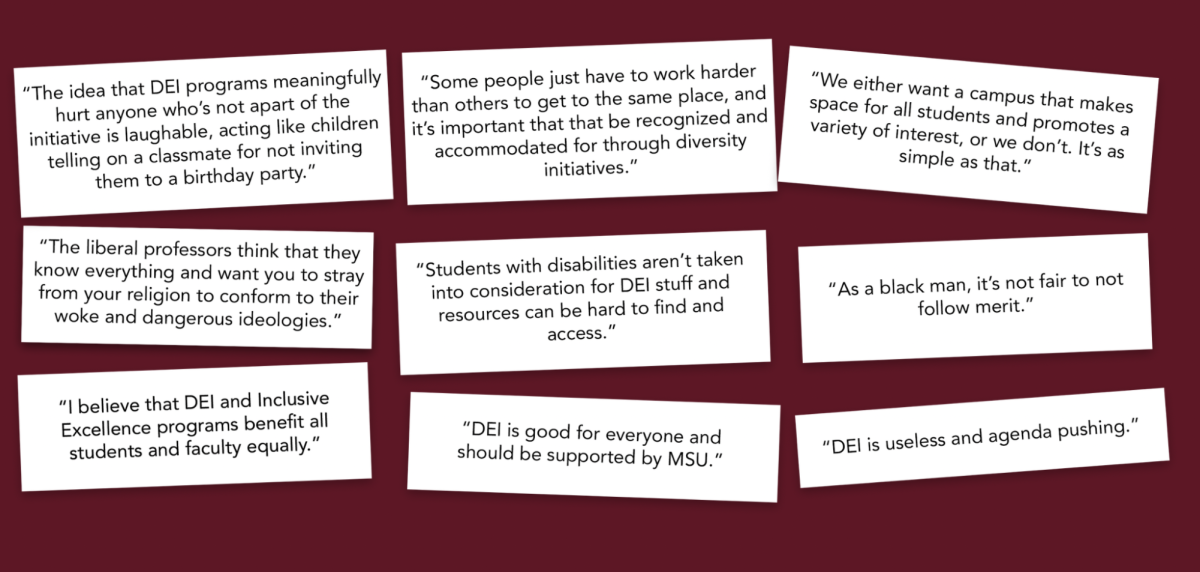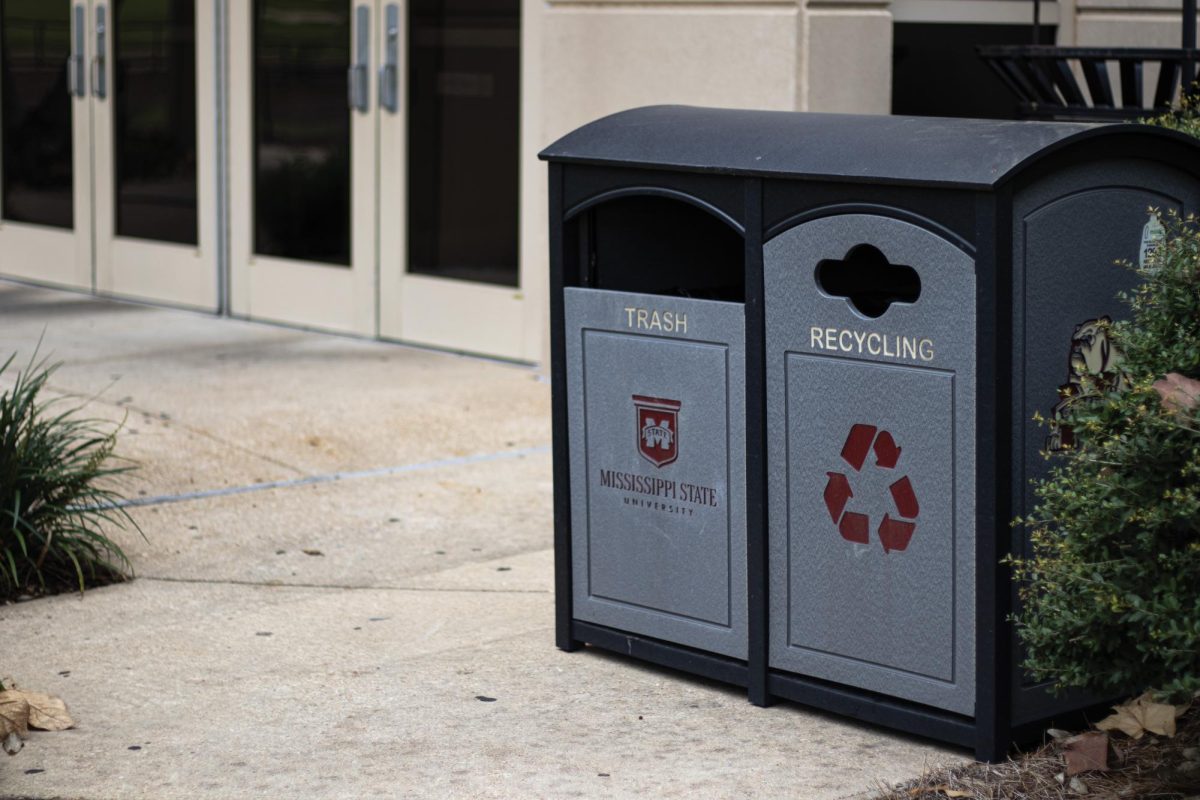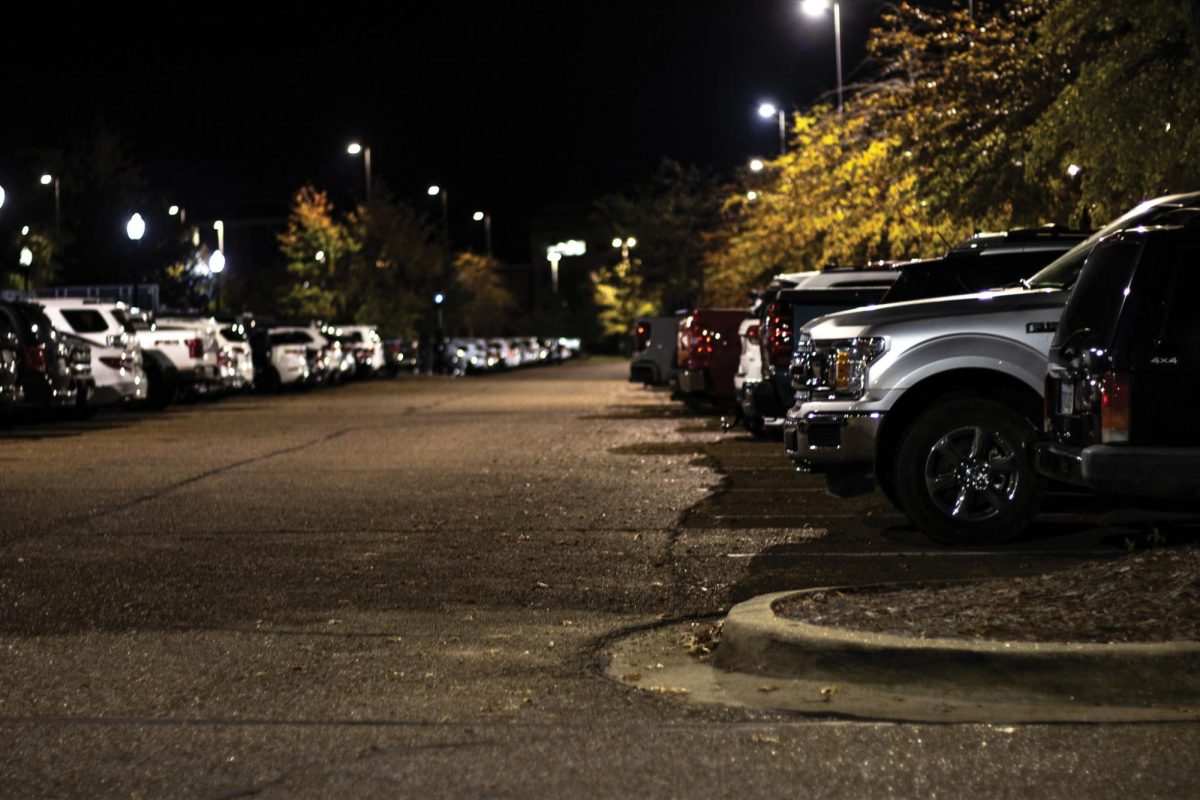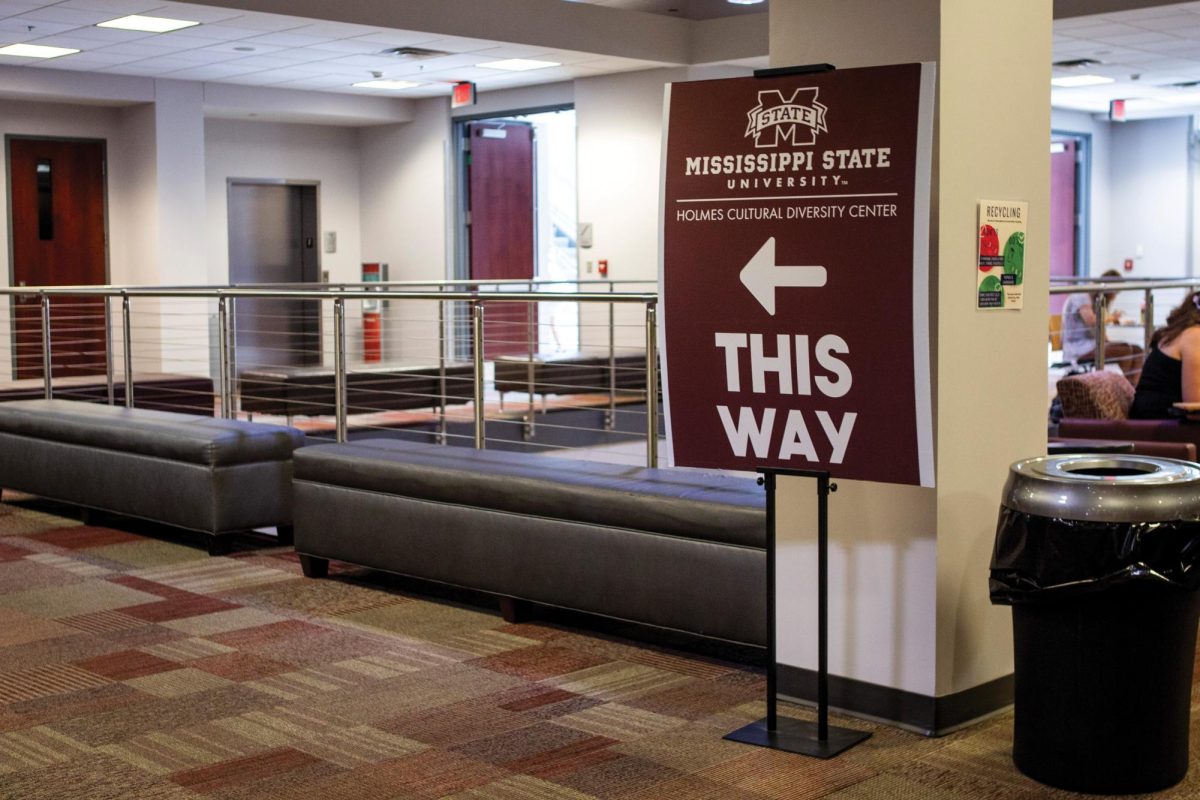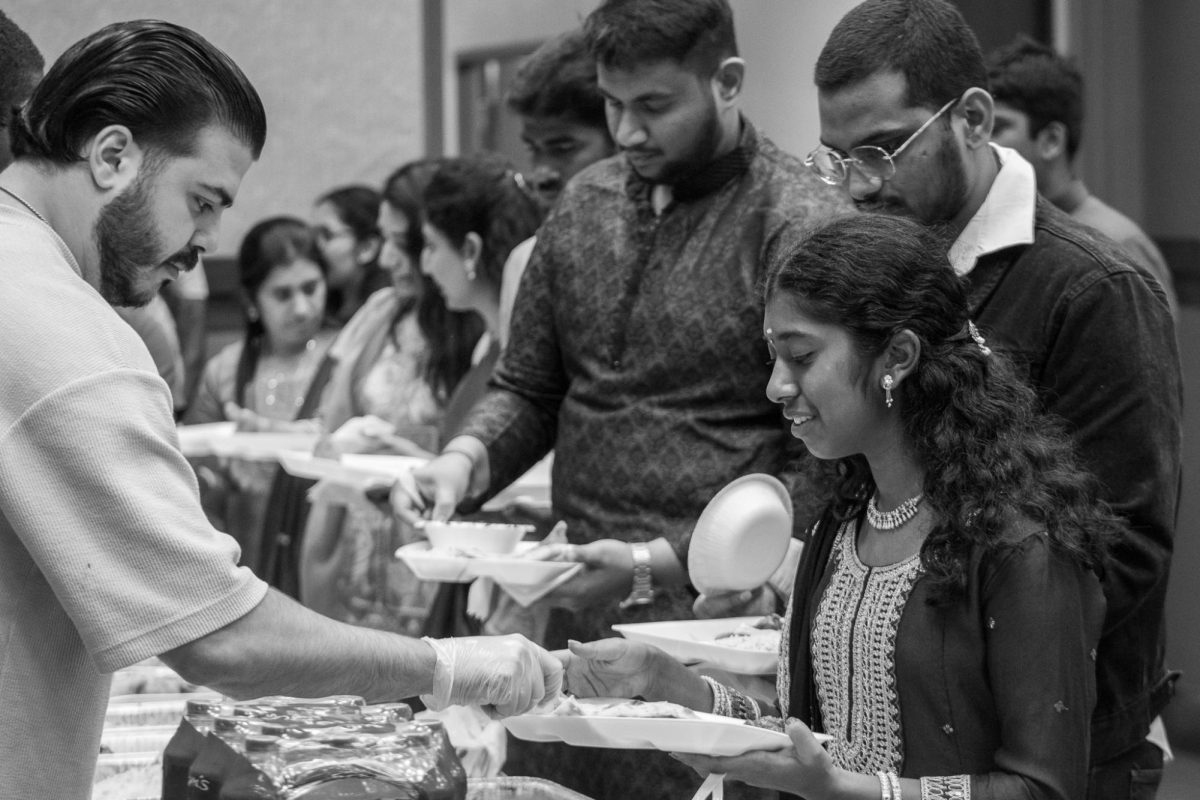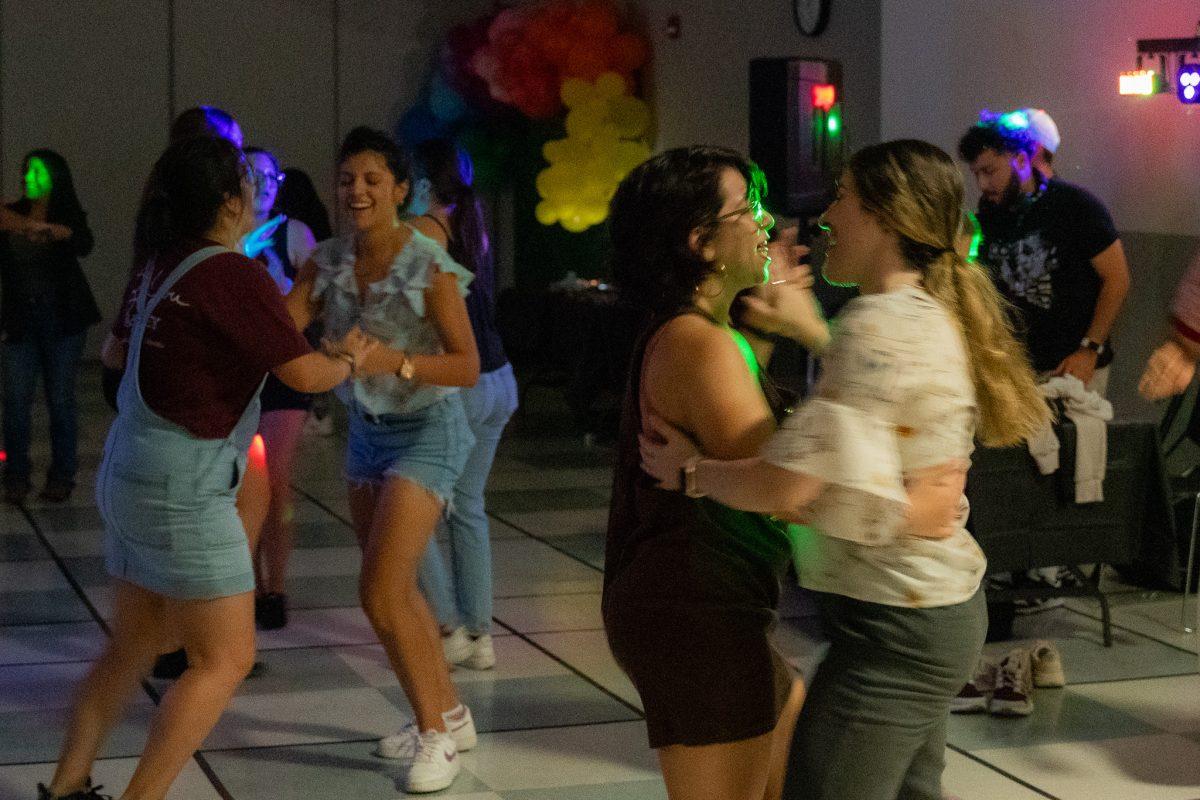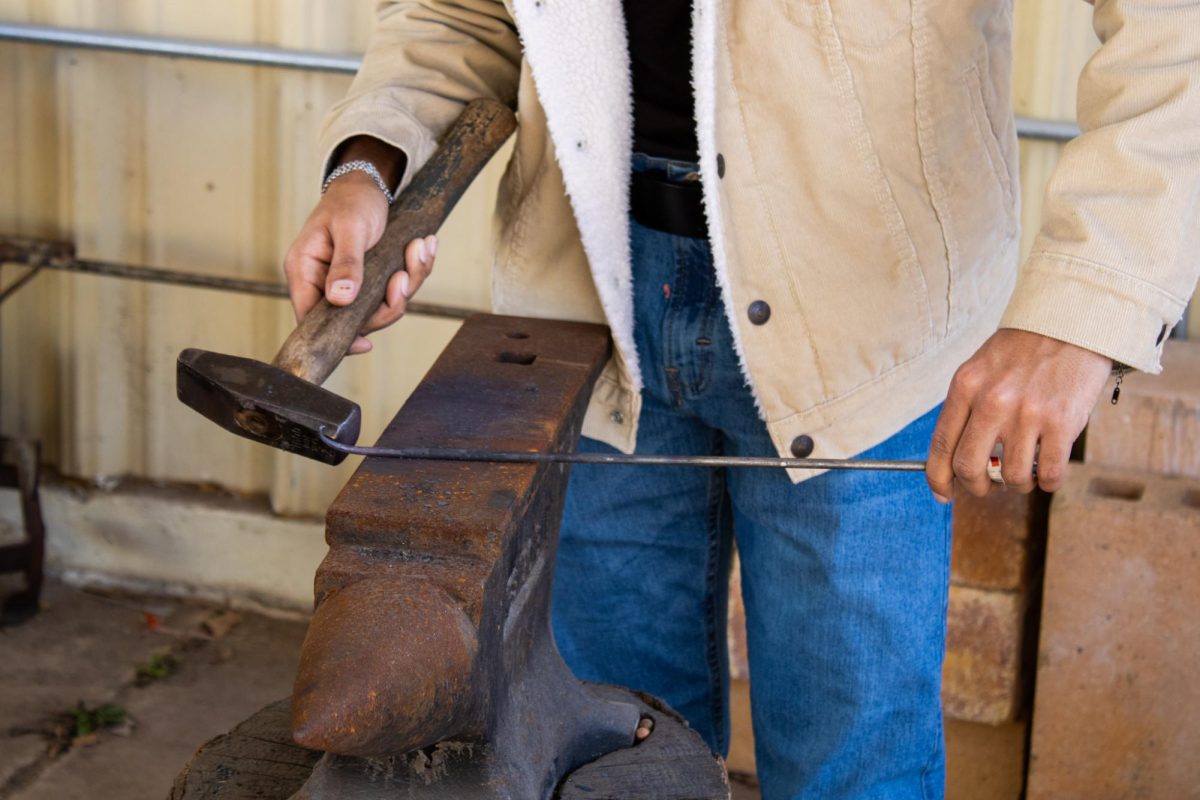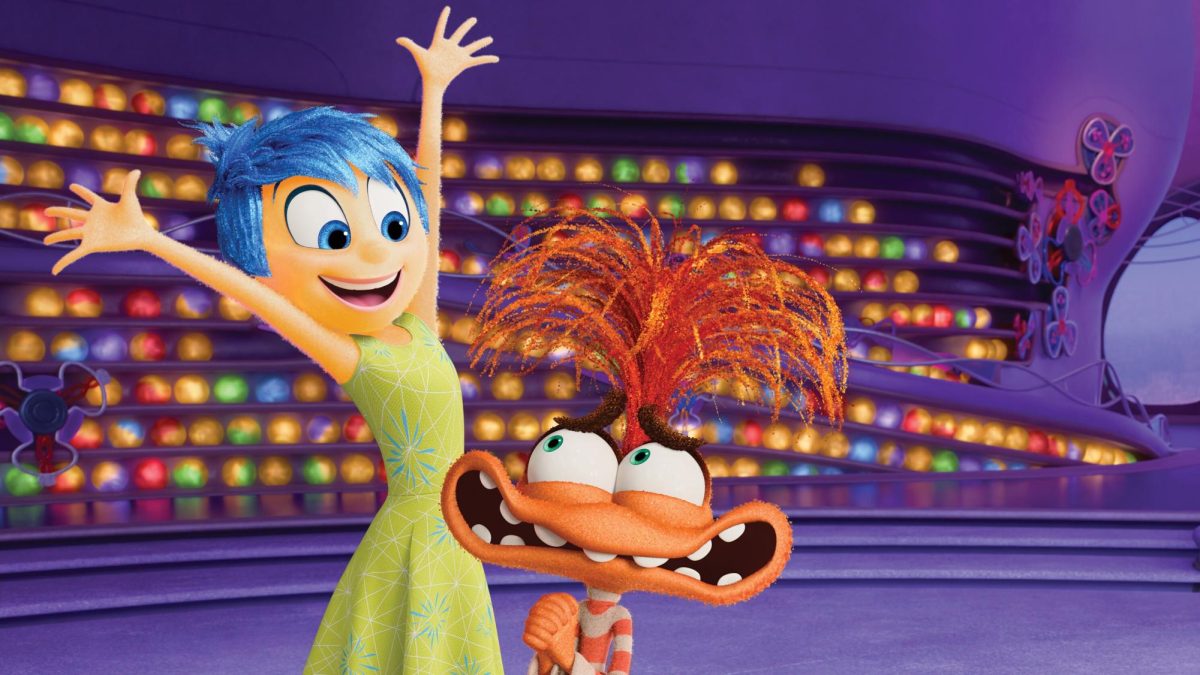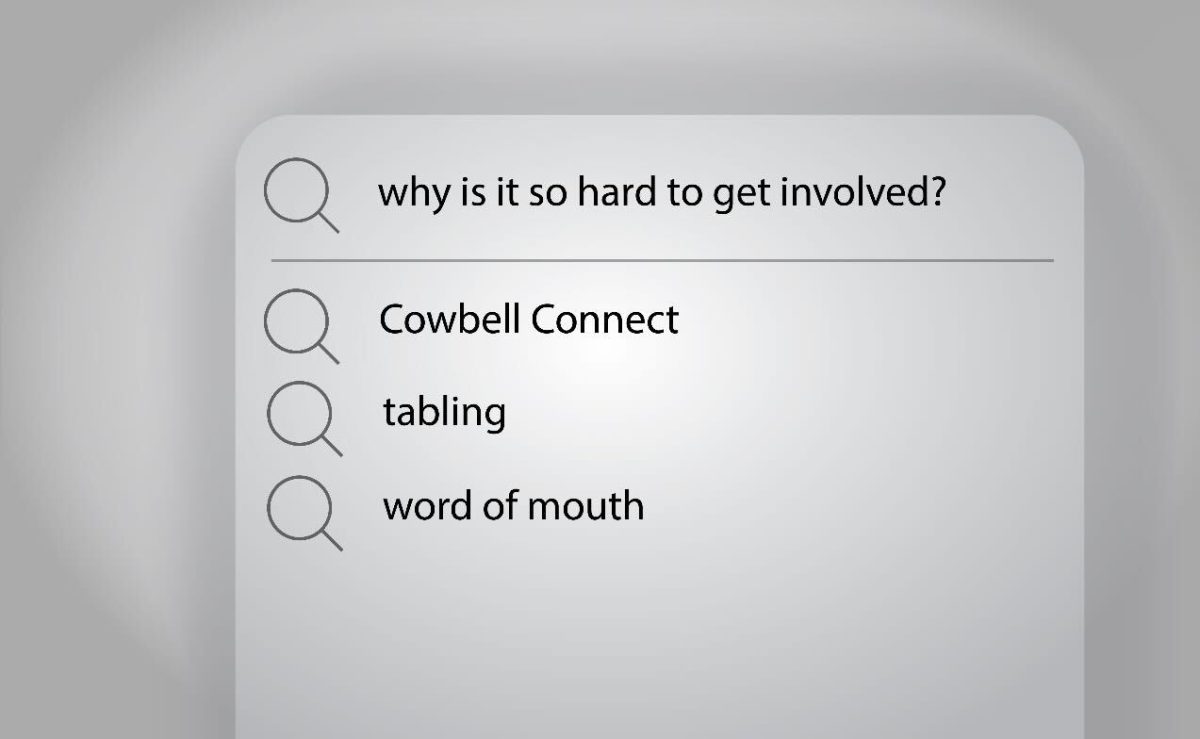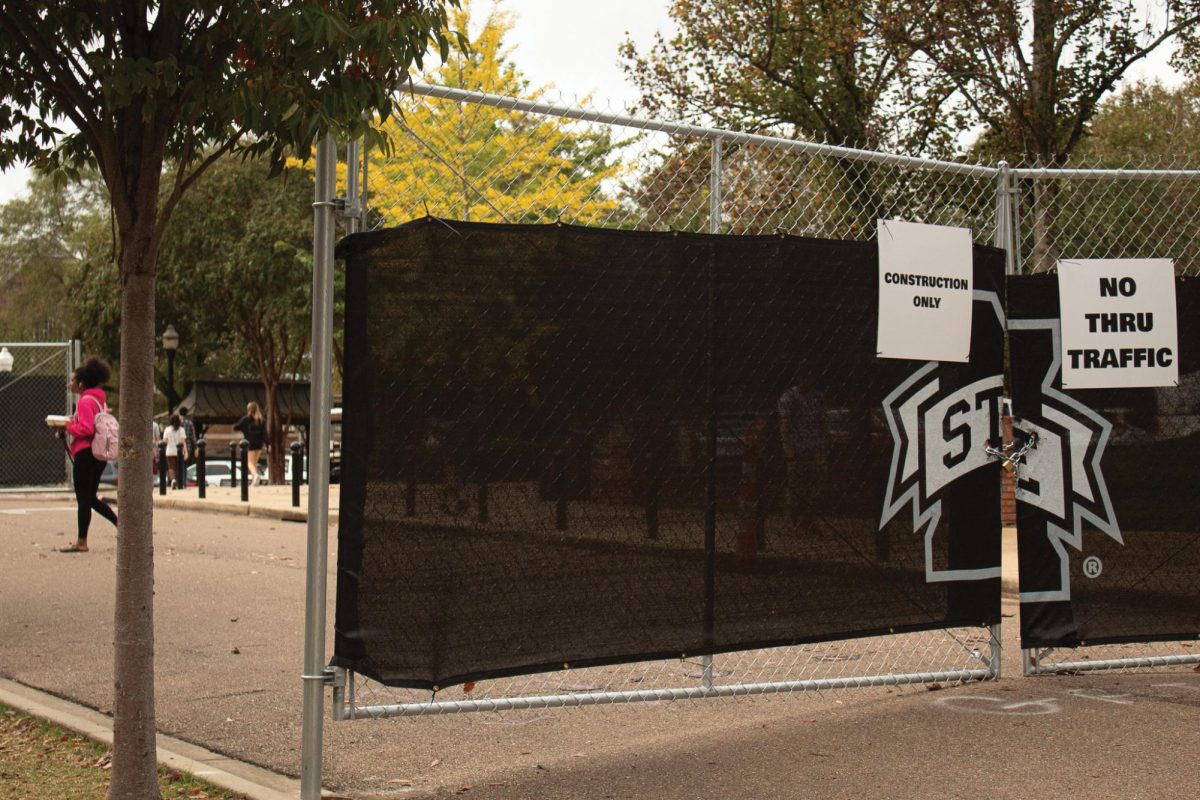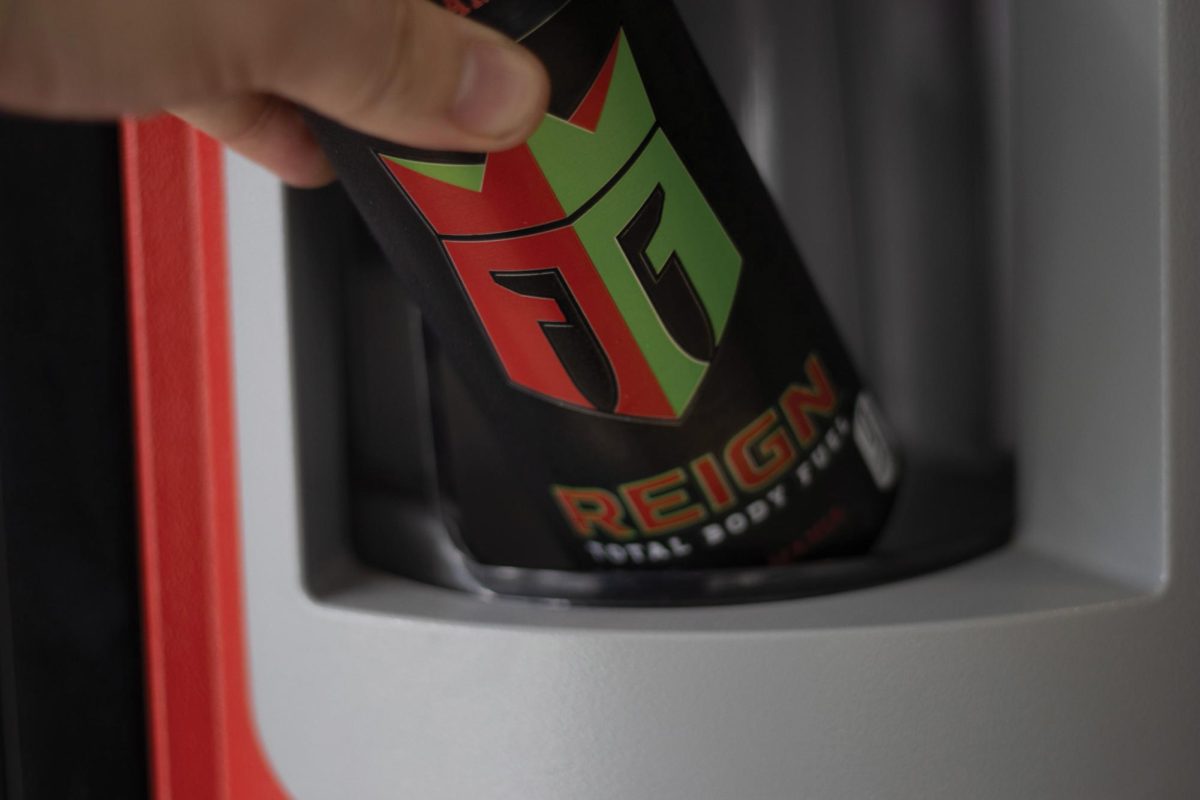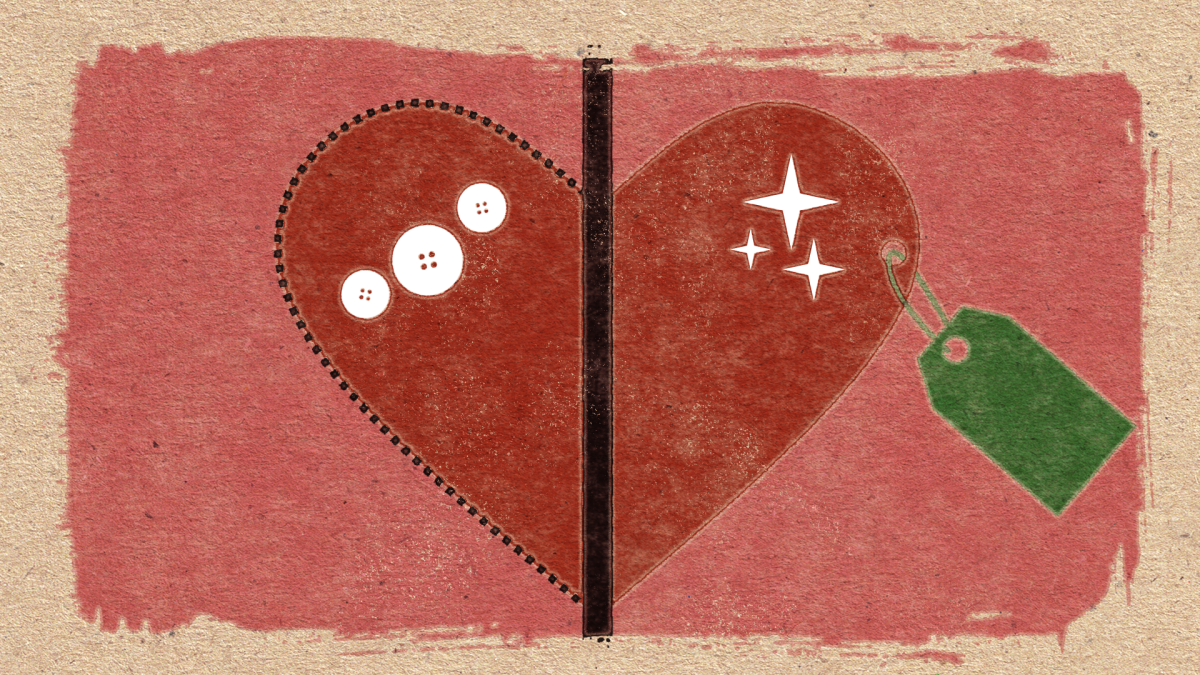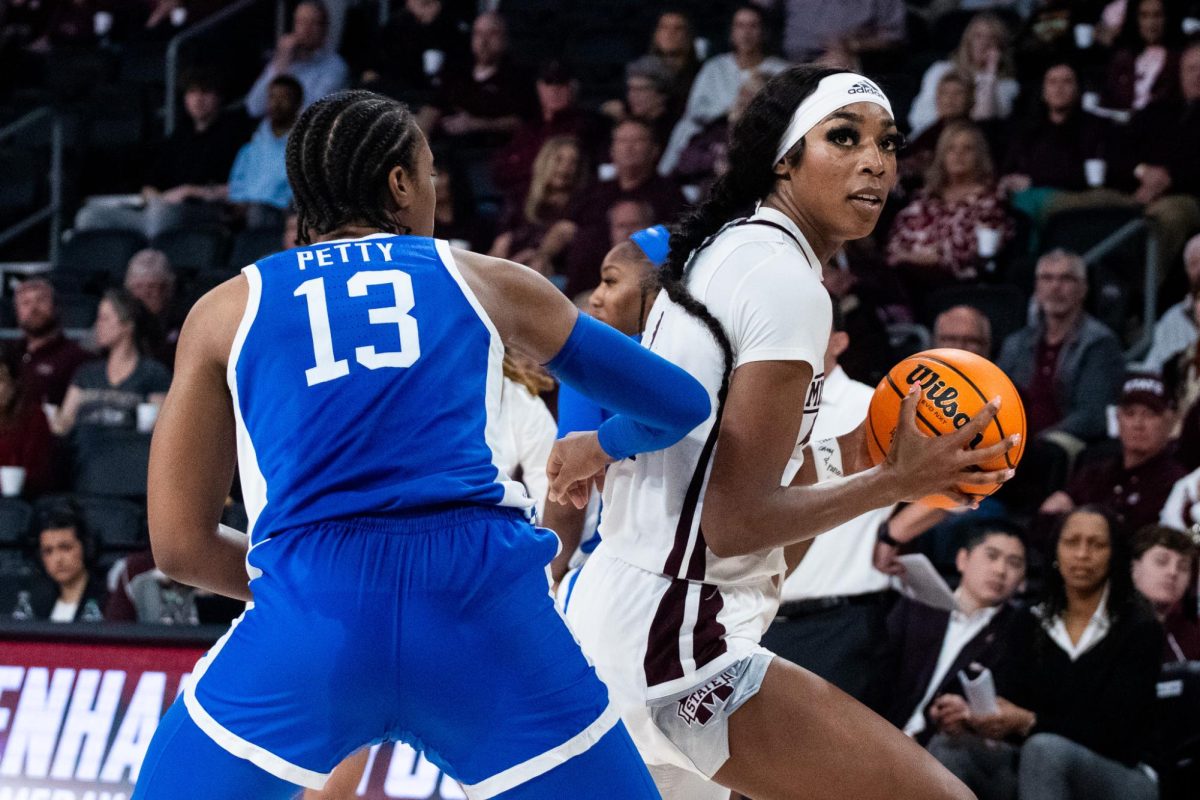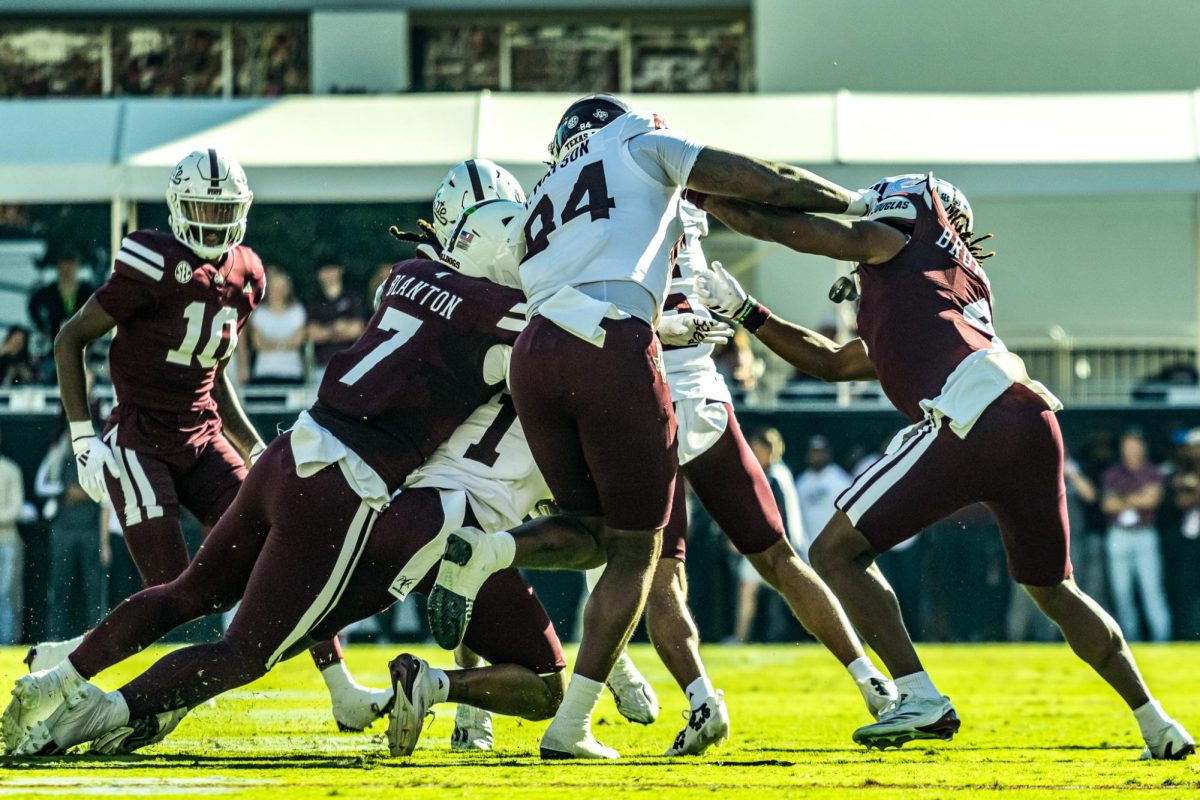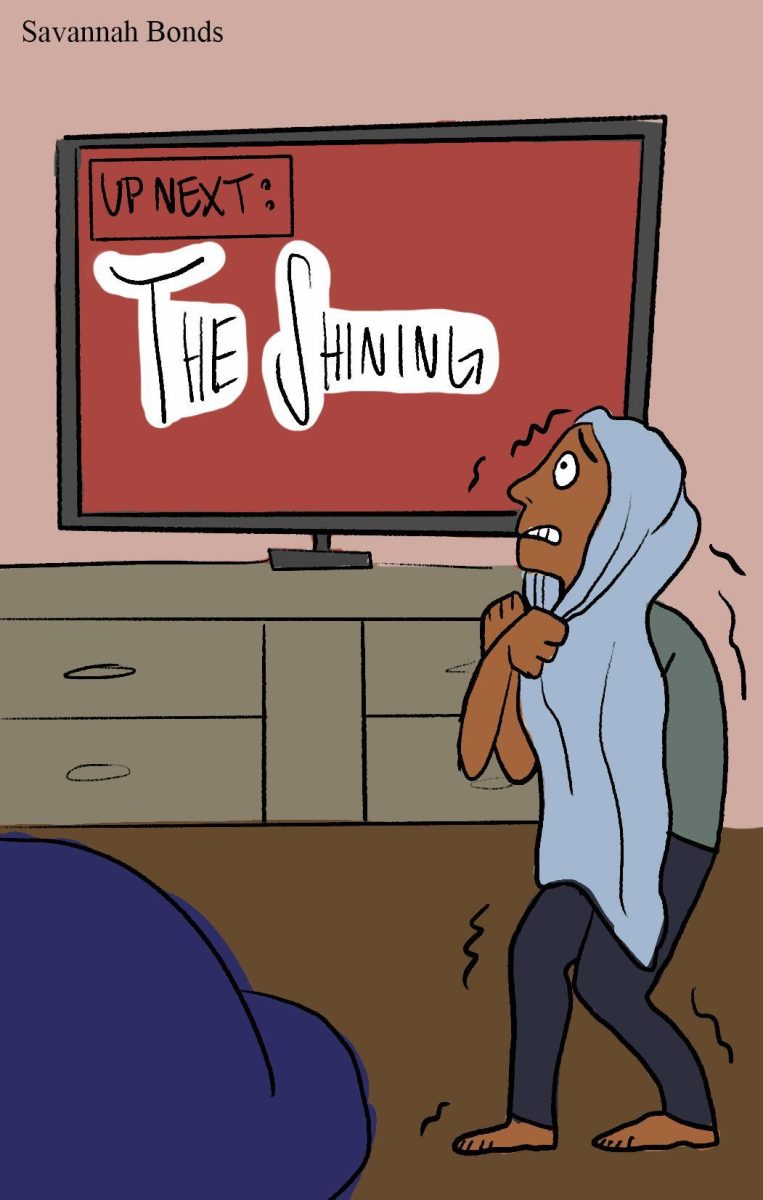In a world of text messages, emails and hurried social media direct messages, communicating with one another has become quicker and easier than ever before.
However, it can be hard to create a sense of love or respect in words off-screen. One medium of communication, dismissed by many as old-fashioned or time-consuming, should receive more attention from the increasingly digital generations: handwritten letters.
The process of writing a letter by hand is emotionally powerful and demonstrates care in a way that a text message cannot. Taking the time to sit down with pen and paper portrays a real commitment to conveying your feelings toward the recipient.
Letter writing forces the sender to contemplate and choose meaningful words in that moment. However, the act of writing down one’s thoughts also paradoxically offers a sense of genuineness in its spontaneity: there are so many times I would hem and haw, hit the “backspace” key, or just hold off writing an emotionally charged text message, waiting for the perfect words to come to me.
The physical component of a letter means just as much. It is a keepsake and a physical reminder of the effort put into sharing a message. Even if the paper gathers dust in an attic box or a bedside drawer, those words and those feelings are preserved in the real world in a real way.
Letter writing also has an artistic component, unique to both the sender and the recipient. Each part of a letter is a personal choice, tangible pieces of the way the writer wishes to communicate with the reader.
I am fascinated by calligraphy and handwriting: like snowflakes, no two styles of handwriting are identical. Because of this, writing by hand creates a personal fingerprint on a message that Times New Roman or Helvetica could never artistically convey.
In that same way, a special piece of stationery, an eye-popping color of ink or a personalized doodle can all add a physical touch that a digital message usually lacks.
According to a 2021 CBS News poll, 37% of Americans had not handwritten a letter in over five years, and another 15% stated they had never done so in their lives.
When over half of the country’s adults refuse to take part in a ritual that becomes less popular as technology advances, it is safe to call letter writing a dying art.
I can be the first to say I am not a habitual letter writer: it requires time and patience, which the average college student usually lacks. However, whenever I can set aside the time to handwrite a letter, I jump on that opportunity because I understand the message it sends is more than just the letters content, it is a message that says that I care.

